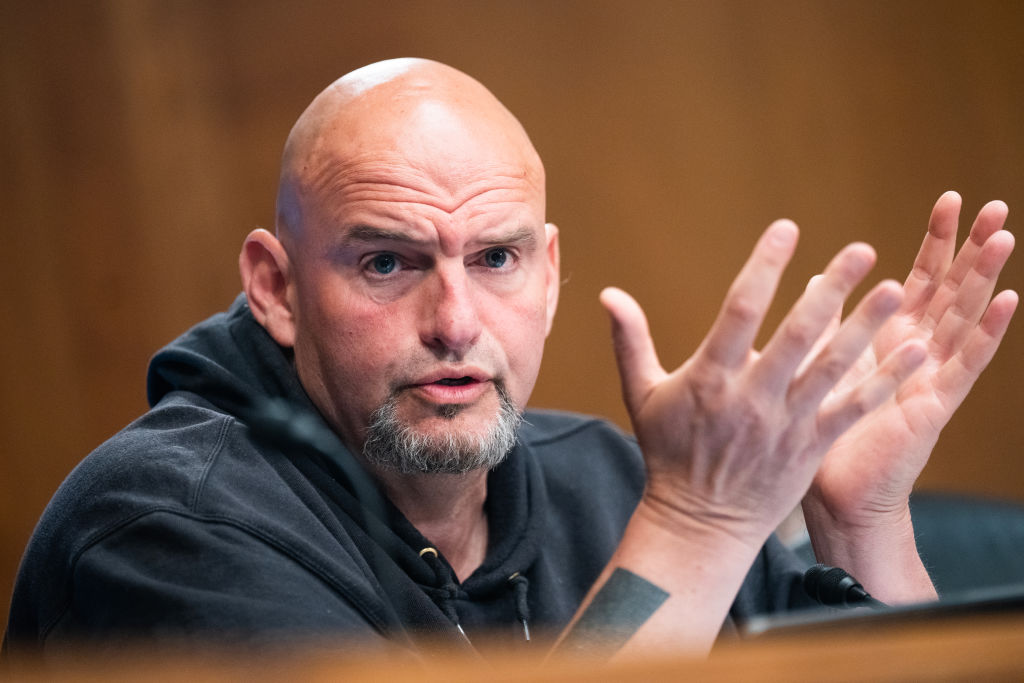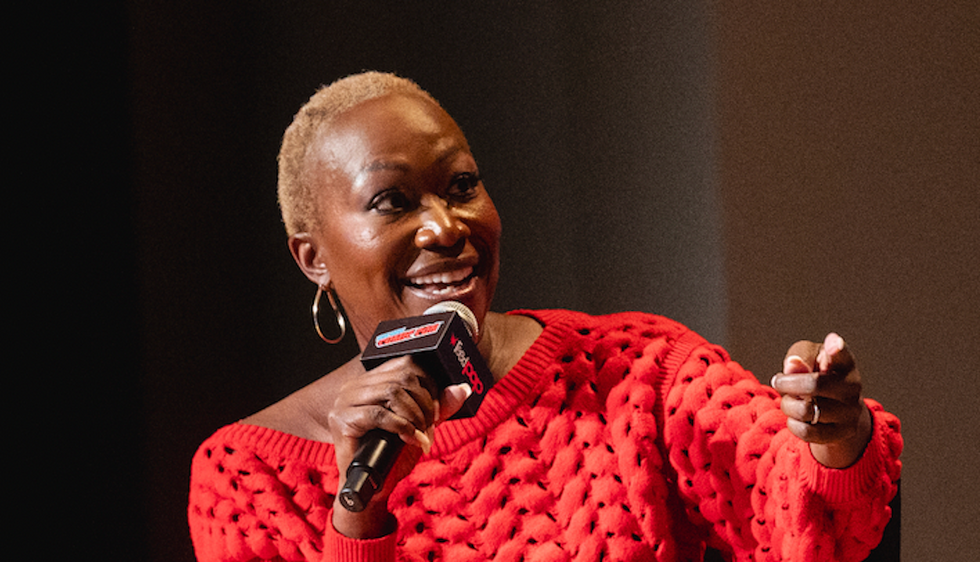Thriftiness has become cool – seriously!
'There is a new social media trend among the younger generations'


This week, I read a brief but sobering opinion piece entitled “Credit card defaults soar: A generation on the brink.” As the title suggests, the current economy is putting a heavy strain on everyone, but especially on younger people: “Credit card defaults are surging across the board, with no age group spared from the financial strain. Particularly alarming is the sharp rise among the youngest adults. The 18 to 29 age bracket is now experiencing default levels not seen in over a decade – a stark reminder of the mounting pressures facing today’s youth. … This isn’t just a financial story; it’s a generational crisis in the making.”
This is just one of endless other similar articles abounding at the moment. The indisputable fact is times are tough and – with a presidential election looming – are bound to get tougher.
For this reason, and in the admirable spirit of turning a necessity into a virtue, there is a new social media trend among the younger generations called “underconsumption core.” Rather than profiling exotic getaways or high-end shopping sprees – which make a mockery of the financial reality of most viewers – influencers are profiling ways they are coping with increasing financial pressure by showing off their thrift-store shopping and offering frugal tips.
“After years of being told what to buy,” notes this New York Times article, “TikTok users are trying something new: buying and using only what they need. They’re calling it ‘underconsumption core,’ the latest move away from influencer culture. Instead of pristine fridge shelves, makeup bags with the latest products and fashion fads, users are posting simplified closets, secondhand clothes that have lasted for years and minimal makeup and skin care collections. Yes, being normal is now trending. But experts also say it’s just one way of responding to a period of economic hardship.” [Emphasis added.]
Suddenly the lifestyles of the wanna-be rich and famous are passé, and it’s chic to furnish everything from wardrobes to apartments in DIY, thrifted and repaired items. “The signature ‘underconsumption core’ title is followed by a curated montage of well-used, secondhand and treasured items, with home and beauty featured often,” notes this article. “Thrifted dining tables, jars reused as storage containers, secondhand cars, unbranded water bottles, mismatched towels and cleaning rags have all been celebrated.”
Some analysts are pinning this new movement on environmental concerns, while others say it’s due to increased costs of living. Both are likely true. Whatever their motivation, these new influencers are normalizing regular living instead of high-end fantasies. Or as one Instagram user put it, “Underconsumption core is where social media meets reality.”
As a longstanding student of thrift, this is a trend I can totally, completely, enthusiastically get behind. Hurray for frugality!
Thanks to the economic pressure of endless money printing, skyrocketing national debt and unrestrained spending by the federal government, the purchasing power of ordinary citizens is eroding swiftly. Older people have experienced this kind of financial maelstrom before, and many of them already have black belts in frugality. But this new economy is smacking younger people hard, and the art of thriftiness is new territory for them.
From sociopolitical commentary to romance writing! Patrice Lewis branches into the world of Amish inspirational fiction. These clean romances are wholesome enough for Grandma to read. Check out Patrice’s available titles.
But even with something as virtuous as thrift, there are critics. According to this YouTube video, “The biggest pushback on the trend, though, has mostly just been people pointing out it’s not really underconsuming; it’s just normal spending for the vast majority of people.” Warnings also include the “rich people cosplaying as poor” argument, or the underconsumption movement being taken over and commercialized in some way.
Others note, “Next to the haul videos made popular by social media, anything less than excessive could be considered underconsumption. Compared to everyday standards, however, using the things you own, spending less money, and opting for secondhand furniture isn’t that big of a flex. … This trend started as a way to deglamorize overconsumption, but now it’s become a competition.”
Whatever the disparagement, I find this trend to be positive. Frugality has a learning curve, and I’m pleased to see social media users respond to economic reality by offering real-life tips and tricks to stretch a dollar.
As one thrifty writer on a now-defunct frugality website once observed, “People who have lived frugally in times of plenty have learned that happiness is not measured in material things. So their lifestyle is already adjusted to leaner times, like we have now. Henry David Thoreau said, ‘That man is richest whose pleasures are the cheapest.'”
It’s hard to argue this point. If someone can be stable and happy living lean during fat times, they stand a much higher chance of staying happy and stable even in hard times.
The prevailing mindset in America today dictates that it’s impossible to face hardship without blaming someone else. As a result, many will refuse to take actions that might help themselves. But the underconsumption movement IS an example of people helping themselves by learning how to pinch pennies and being creative in the process. Win-win.
This newfound interest in thrift is in strong contrast to so-called YOLO (You Only Live Once) spending (sometimes called “doom spending”), which is exemplified by reckless expenditures on unnecessary items because, hey, you only live once. For younger people trapped in a cycle of debt and with very little hope of home ownership or other milestones of adulthood, flippant spending seems justified in their minds.
Because YOLO spending means digging one’s self into a gigantic financial hole, it strikes me as irrational to the point of madness. It’s one thing to max out a credit card on necessities because you’re desperately trying to keep your head above water. It’s a whole different thing to max out on non-essential YOLO luxuries like designer handbags or pricey tennis shoes. These spenders must know a day of reckoning will loom, right?
Well, some people are now “getting it,” and to them I offer my deepest accolades as they learn more about financial literacy.
Here’s the thing: Much of America’s financial issues are beyond our control. The only thing we can control is ourselves. If the “underconsumption core” trend acts a tool to help achieve that control, then I’m all in favor of it. Thrift on!
Originally Published at Daily Wire, World Net Daily, or The Blaze
What's Your Reaction?
































































































